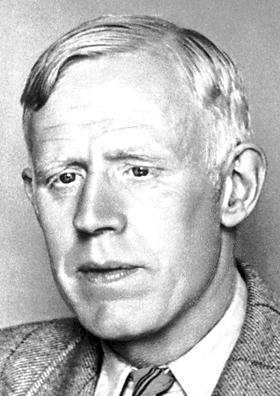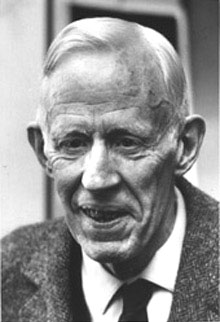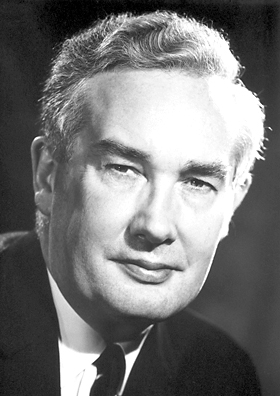<Back to Index>
- Physical Chemist Odd Hassel, 1897
- Writer Alfonso Reyes Ochoa, 1889
- Archduke of Austria Ferdinand Charles, 1628
PAGE SPONSOR



Odd Hassel (17 May 1897 – 11 May 1981) was a Norwegian physical chemist and Nobel Laureate.
Born in Kristiania, his parents were Ernst Hassel, a gynaecologist, and Mathilde Klaveness. In 1915, he entered the University of Oslo, where he studied mathematics, physics and chemistry, and graduated in 1920. After taking a year off from studying, he went to Munich, Germany to work in the laboratory of Professor Kasimir Fajans. His work there led to the detection of absorption indicators.
After moving to Berlin, he worked at the Kaiser Wilhelm Institute, where he began to research X-ray crystallography. He furthered his research with a Rockefeller Fellowship, obtained with the help of Fritz Haber. In 1924, he obtained his PhD from the Berlin University, before moving to the University of Oslo, where he worked from 1925 through 1964, as a professor from 1934.
Back in Oslo, Hassel originally focused on inorganic chemistry, but beginning in 1930 his work concentrated on problems connected with molecular structure, particularly the structure of cyclohexane and its derivatives. He introduced the Norwegian scientific community to the concepts of the electric dipole moments and electron diffraction. After publishing a paper on the conformations of cyclohexane, Hassel was arrested by the occupation authorities and sent to the Grini concentration camp until 1944.
Beginning in 1950, Hassel investigated the structure of charge - transfer compounds, and was eventually able to set up rules for the geometry of this kind of compound. He was awarded the Nobel Prize for chemistry in 1969, alongside Derek Barton (photo).